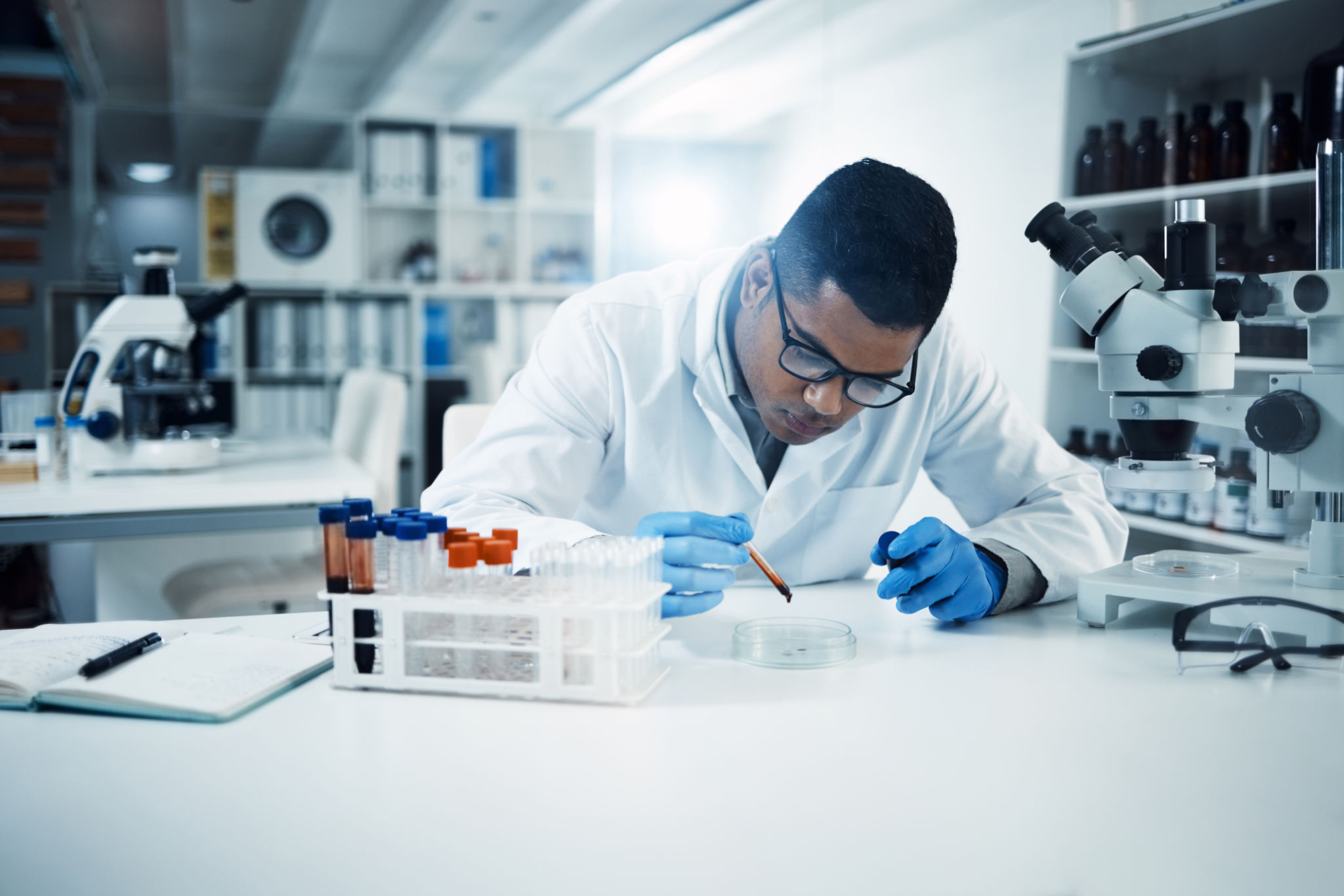Debunking Myths About Skeletal Muscle Organoids in Medical Science
Introduction to Skeletal Muscle Organoids
Skeletal muscle organoids are a revolutionary advancement in medical science, offering a miniaturized and simplified version of muscle tissue that can be used for a variety of research purposes. Despite their potential, several myths and misconceptions have arisen around their use and capabilities. In this blog post, we aim to debunk these myths and shed light on the true potential of skeletal muscle organoids.
Myth 1: Organoids Are Just Miniature Muscles
One common misconception is that skeletal muscle organoids are merely tiny versions of muscles. While they do mimic the structure and function of muscle tissue, organoids are much more than that. They are complex, three-dimensional structures that can model the biological processes of human muscles in a laboratory setting. This capability allows researchers to study diseases and test new treatments more effectively.

Myth 2: Organoids Can Fully Replace Animal Models
Although skeletal muscle organoids provide a more ethical and potentially more relevant model for human biology, they cannot completely replace animal models at this stage. Organoids can mimic certain aspects of muscle function, but they lack the complexity of a full organism, including interactions with other bodily systems. Therefore, while they are a powerful tool for specific studies, they complement rather than replace animal models.
Myth 3: Organoid Research Is Too Expensive
Another misconception is that working with organoids is prohibitively expensive. While initial setup costs can be high due to the need for specialized equipment and expertise, the long-term benefits and insights gained often outweigh these costs. Moreover, advancements in technology are continually reducing the expenses associated with organoid research, making it more accessible to various research institutions.

Applications and Benefits
Despite these myths, skeletal muscle organoids offer numerous benefits for medical research. They allow for the study of muscular diseases in a controlled environment, providing insights that were previously unattainable. Researchers can observe how diseases like muscular dystrophy develop and progress at a cellular level, leading to more targeted and effective treatments.
Real-Life Implications
The use of skeletal muscle organoids extends beyond pure research. In drug development, they provide a platform for high-throughput screening of potential pharmaceuticals, accelerating the discovery of new treatments. Additionally, by using human-derived cells, organoids offer a more relevant model for human diseases than traditional methods.

The Future of Skeletal Muscle Organoids
Looking ahead, the future of skeletal muscle organoids in medical science is promising. Ongoing research continues to enhance their complexity and functionality, potentially leading to breakthroughs in personalized medicine. By tailoring organoids to individual patients' genetic makeup, treatments can become more precise and effective.
Conclusion
In conclusion, while there are several myths surrounding skeletal muscle organoids, they remain an invaluable tool in medical research. By understanding their capabilities and limitations, researchers can better utilize them to advance our understanding of muscular diseases and develop new therapies. As technology progresses, we can expect these organoids to play an even greater role in transforming healthcare.